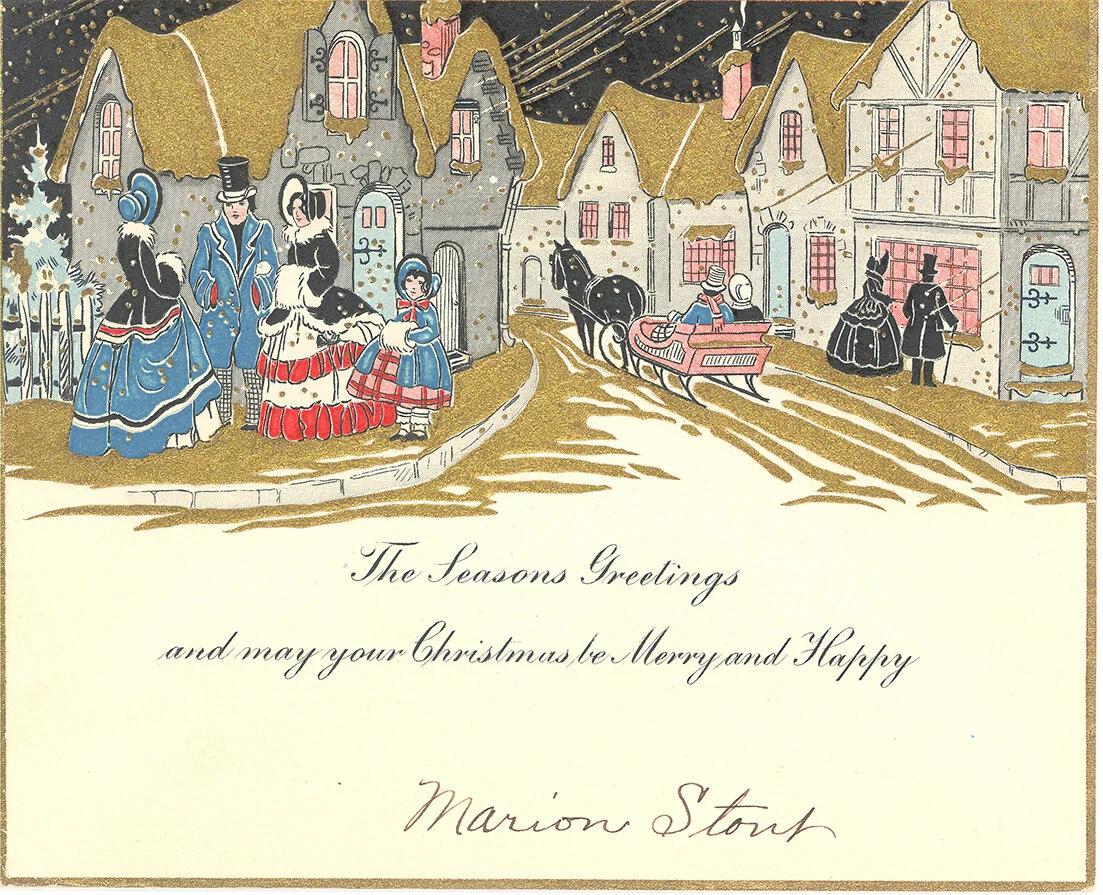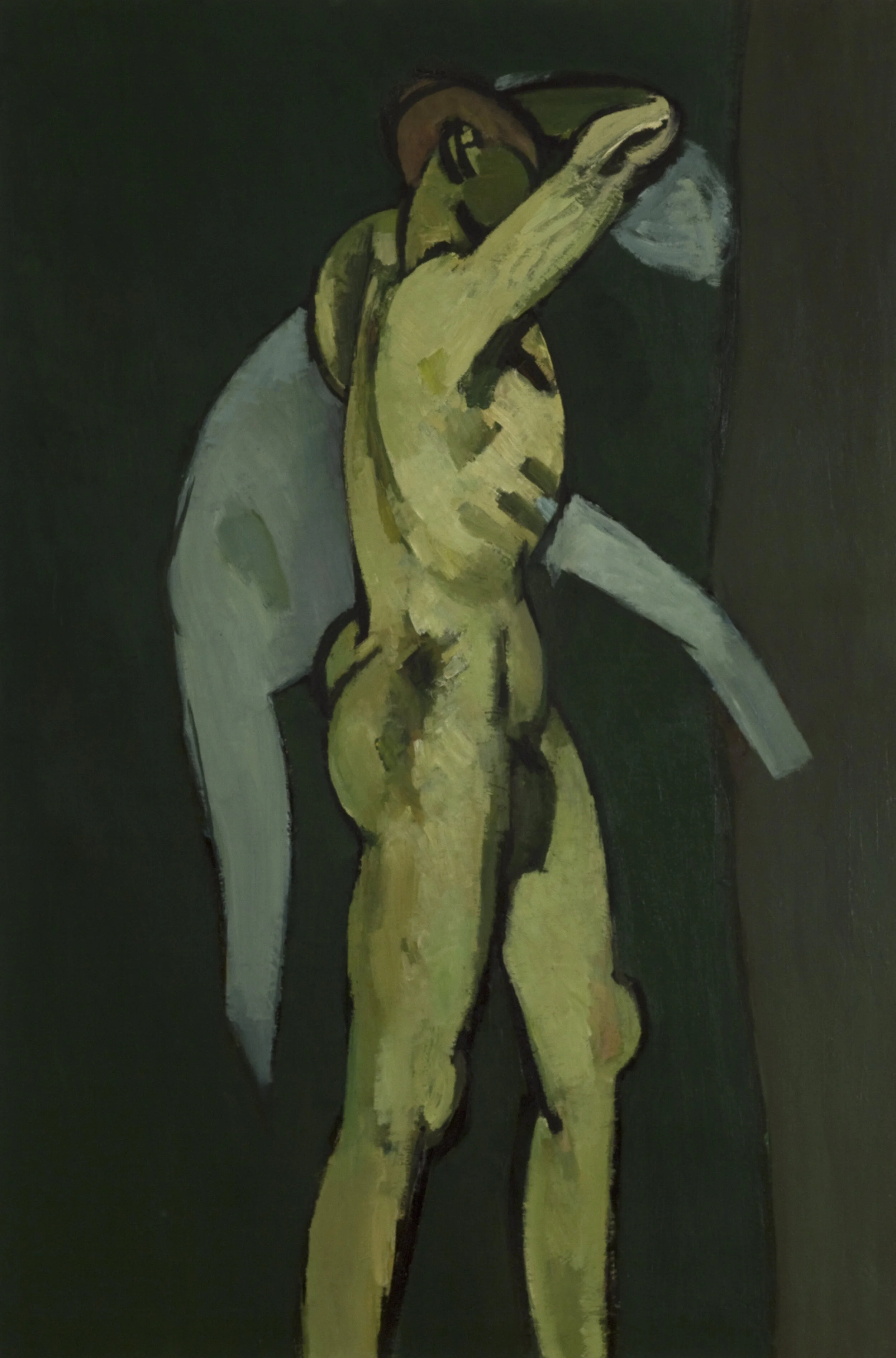Have you ever walked by something many times and not really noticed it? We do this daily on many levels. But sometimes those overlooked objects prove to be the most interesting.
In our Stasney Center for Education sits a large and lovely instrument. This beautiful Fischer piano is in itself a work of art- the beautiful striped tiger wood oak with its blond and light brown marbling closely resembles the markings of an exotic jungle cat. Along its legs are intricate carvings and added accents. It is polished to a high sheen and looks remarkable for it’s century-old age.
Although the piano is beautiful, I have walked by it many times a day without giving it much thought.. until one day I learned more of it’s history.
This piano belonged to Jessie Cook, born in 1877 and the only daughter of W.I. and Missouri Matilda “Dude” Nail Cook. The Cooks were very prosperous merchants and Dude dedicated herself to the education of her daughter. At the age of 15, Jessie was enrolled in the Mary Nash College.
Jessie was very interested in music and loved playing the piano. In the summer of 1894, she left to study at the Boston Conservatory of Music. When Jessie returned to Texas, she met Will B. Head, the County Clerk of Grayson County, and by the spring of 1896, the two had become engaged. Whether it was an early wedding gift or just a way to ensure Jessie did not neglect her playing, Dude ordered a beautiful baby grand piano from J & C Fischer Piano Company in New York and had it delivered to Jessie’s new home in Sherman, Texas. Jessie and Will were married on December 16, 1896.
The next year, the Cook’s purchased a ranch outside of Albany, Texas. When Jessie became pregnant at the end 1900, Dude was excited to help plan for her new grandchild. In January 1901, Dude left to join her daughter in Sherman to prepare for the arrival of the baby. As Jessie had suffered various ailments during her pregnancy Dude had arranged for a full-time nurse to be with her daughter that summer.
On July 3rd, in the middle of a hot afternoon, Jessie began to experience labor pains and her mother immediately sent for the doctor. As a respite from the heat and pain, Jessie would play the piano, this particular piano, in between contractions. Around 2:00 a.m. in the morning on July 4, 1901, a piercing scream rang out from Jessie’s bedroom. Dude and Will ran into the room to a horrible sight, Jessie lay dead on the sweat soaked bed as the nurse frantically tried to deliver the baby. She succeeded in bringing the perfectly formed baby boy into the world, but he had unfortunately also passed away.
Dude was heartbroken with grief at the double loss, and had the piano shipped from Sherman to her home on the Albany ranch. This sad event sparked her interest in sponsoring a hospital in Fort Worth specifically for women and children. Her dream was eventually realized by the opening of the Cook Children’s Hospital in January 1929. In the hospital, she had a Memorial Room built that housed her daughter’s precious piano that had brought her peace until her final day.
In 1985, during a major renovation of the hospital, the Trustees of Cook Children’s returned the piano to Albany as a tribute to Missouri Matilda “Dude” Nail Cook and her legacy.
While it isn’t open to be played by visitors, we hope you take a moment to observe this beautiful instrument on your next visit to the museum!
Jewellee Kuenstler, THC&P Coordinator





























































































